What Is Hematology?
Introduction to Hematology:

The study of blood, blood-forming organs including bone marrow, and blood-related illnesses and diseases is known as hematology. The Greek term for blood is where the word “heme” originates. Hematological examinations are used to identify and classify illnesses such as hemophilia, anemia, leukemia, sickle-cell anemia, lymphomas, and other infections.
Diseases and disorders:
Hematological disorders can be classified into malignant and nonmalignant blood disorders.
Non Malignant blood disorders:
Include coagulopathies like hemophilia, various anemias, and hemoglobinopathies like thalassemia and sickle-cell anemia. In addition to – and -thalassemia, hemoglobinopathies are genetic disorders most identifiable by their defective hemoglobin structure. These can result in multi-organ issues and mild to severe anemia. Hemophilia and Von Willebrand disease affect people due to low levels of clotting factors in the blood. These also are other clotting diseases with hereditary etiology.
Diet and lifestyle choices, among other things, may contribute to the development of other non-cancerous conditions. They include anemia and pulmonary embolism. A hematological condition called idiopathic thrombocytopenic purpura is characterized by an unusual decline in blood platelet concentration. This leads to internal bleeding, nosebleeds, bleeding gums, and bruises. Idiopathic thrombocytopenic purpura has no recognized cause and is neither hereditary nor communicable. Idiopathic thrombocytopenic purpura typically develops in youngsters following a viral illness like chicken pox.
Malignant blood disorders:
They can affect persons of all ages and comprise leukemia, lymphomas, and myelomas. There are several potential causes of malignant hematological illnesses, including genetics, way of life, and environment. A myeloproliferative neoplasm known as polycythemia vera is a kind of leukemia marked by an excessive synthesis of red blood cells in the bone marrow, which makes blood more viscous and raises the risk of clots and heart attacks. Another myeloproliferative form of leukemia called myelofibrosis occurs when the bone marrow makes too many stem cells, which causes inflammation and the creation of scar tissue. Hodgkin’s lymphoma is one type of malignant lymphoma that affects the lymphatic system and produces aberrant cells.
Myelodysplastic syndrome:
This is a category of tumors where the bone marrow’s blood stem cells are unable to develop into different types of adult blood cells. Due to the lack of red and white blood cells in the blood, this causes refractory anemia, refractory cytopenia, chronic myelomonocytic leukemia, and several other malignancies. A kind of cancer known as multiple myeloma causes an overabundance of plasma cells in the blood. Anemia, thrombocytopenia, and leukopenia are the results of a lack of red blood cells, platelets, and white blood cells as a result of an overabundance of plasma cells in the blood. The osteoblasts and osteoclasts that maintain bone health can also incur harm by multiple myeloma, leading to bone deterioration and fractures.
Work and scope of Hematology:
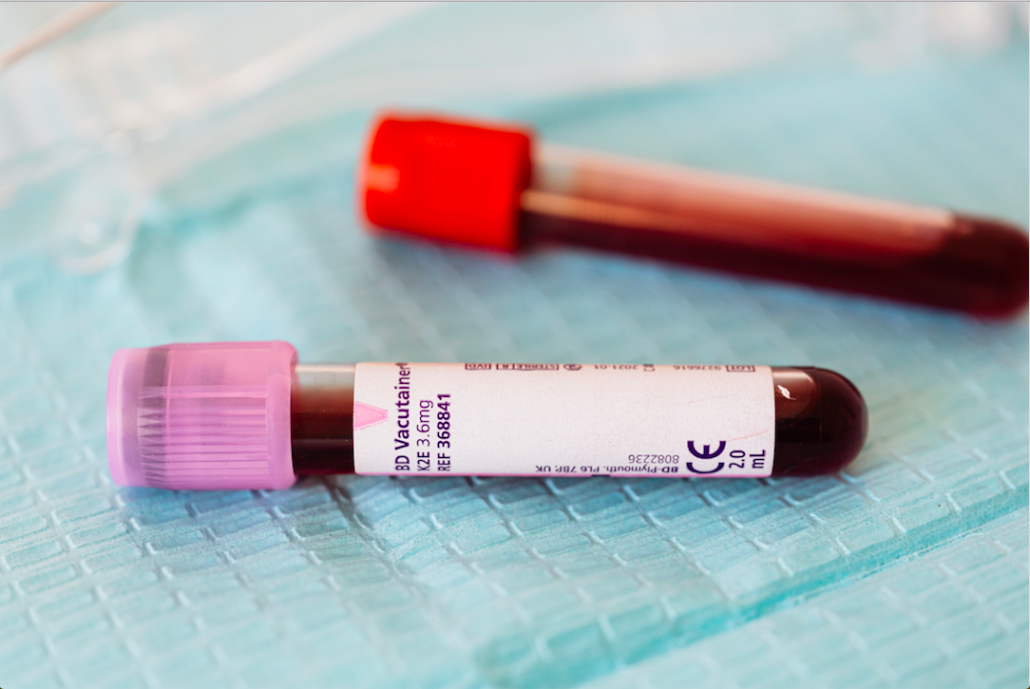
Hematologists and hematopathologists practice Hematology.
Hematologists are medical professionals who have completed additional years of hematology training. They manage a variety of hematological conditions, such as blood and bone marrow malignancies. They also directly involve the treatment of patients. Hematopathologists are medical professionals who specialize in clinical and anatomical pathology. They research not just blood and blood-related illnesses, but also the tissues and organs that utilise blood for physiological purposes, including the spleen, lymph nodes, and thymus. Hematopathologists use tissue and blood samples to make diagnoses of diseases of the blood and lymphatic system.
For Non Malignant Blood Disorders:
For their patients, hematologists who specialize in nonmalignant blood diseases employ a variety of blood smears, tests, and molecular diagnostic techniques to provide an accurate diagnosis. They occasionally assist with the long-term treatment of individuals with hematological illnesses.
For Malignant Blood Disorders:
Malignant hematological condition specialists also need to be knowledgeable in other areas, such as infectious illnesses. They also focus on specific therapies, including bone marrow transplants. They use them frequently to treat blood malignancies. Another area of specialty in the treatment of malignant hematological diseases is transfusion medicine.
What is a Hematologist Oncologist?:
Hematologist-oncologists are doctors who use medicine to treat cancer-related problems rather than performing cancer-related operations. Additionally, they collaborate with other experts including radiation oncologists, pathologists, and oncology surgeons while also monitoring chemotherapy regimens and providing cancer screening tests.
To conclude,
The circulatory system is connected to practically every element of human health since blood is the body’s vital force. Hematologists can work with experts from a variety of different fields, including surgeons, cardiologists, immunologists, and infectious disease specialists. They might act as consultants in other medical specialties, including trauma, neurosurgery, and cardiovascular disorders.



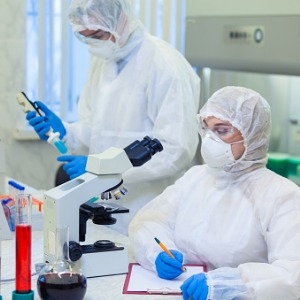
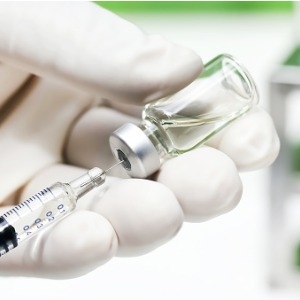

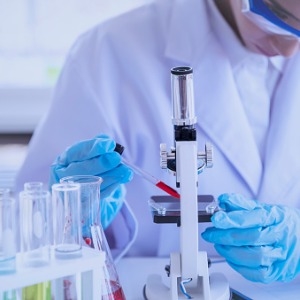
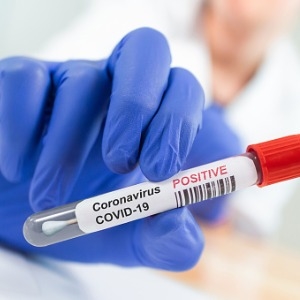








I wanted to write down a quick comment so as to say thanks to you for some of the nice tips and tricks you are placing on this website. My rather long internet look up has at the end been compensated with useful content to exchange with my best friends. I ‘d suppose that most of us site visitors are rather endowed to live in a great place with very many special people with valuable suggestions. I feel very much happy to have seen your entire web page and look forward to some more excellent minutes reading here. Thanks again for a lot of things.